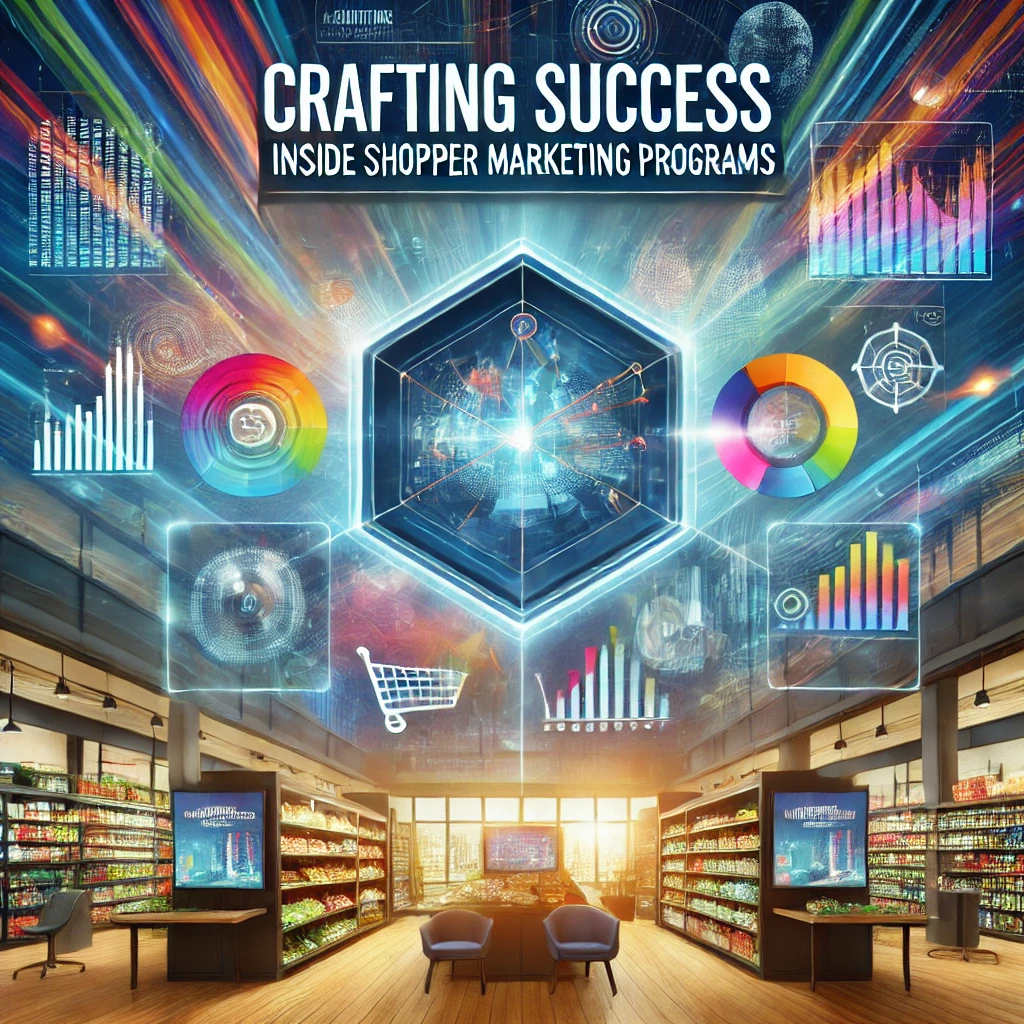In the rapidly evolving landscape of retail, success hinges on understanding and influencing consumer behavior at the point of purchase. Shopper marketing programs have emerged as powerful tools for brands seeking to engage consumers strategically and effectively. These programs are designed to enhance the shopper’s experience, driving conversions and brand loyalty. This article delves into the intricacies of shopper marketing, exploring essential components, the role of technology and data, and strategies for creating impactful consumer engagement.
Understanding Shopper Marketing Essentials
Shopper marketing is an intricate dance between brands, retailers, and consumers. It focuses on influencing the purchase decisions of consumers as they navigate the shopping environment. By understanding the habits, preferences, and behaviors of shoppers, brands can create targeted campaigns that resonate at the moment of purchase. This marketing discipline demands a granular understanding of consumer psychology and the ability to craft messages that align with both brand objectives and shopper needs.
The Evolution of Consumer Engagement Tactics
Consumer engagement tactics have evolved significantly over the years, shifting from broad, one-size-fits-all approaches to more personalized and data-driven strategies. Initially, the focus was on in-store promotions and point-of-sale displays. However, with the rise of digital technologies and omnichannel shopping habits, brands are now leveraging online platforms and personalized content to engage consumers throughout their shopping journey. This evolution reflects a deeper understanding of the multifaceted nature of consumer decision-making.
Crafting a Seamless Shopper Journey Experience
A seamless shopper journey is a cornerstone of effective shopper marketing programs. This involves creating a cohesive experience across all touchpoints—online and offline—that guides the consumer smoothly from awareness to purchase. By mapping out the shopper’s journey, brands can identify critical moments of influence and ensure consistent messaging and branding. The goal is to reduce friction, build trust, and ultimately enhance the overall shopping experience, encouraging repeat visits and purchases.
Key Components of Effective Marketing Programs
Effective shopper marketing programs are built on a foundation of clear objectives, in-depth consumer insights, and strategic partnerships with retailers. Critical components include targeted promotions, compelling visual merchandising, and tailored communication strategies. A successful program considers the holistic shopper experience, integrating seamlessly with broader marketing efforts and delivering value both to the consumer and the brand. Collaboration between brands and retailers is vital to ensure alignment and maximize impact.
Leveraging Data for Tailored Shopper Campaigns
In the age of big data, the ability to leverage consumer insights is paramount. Data analytics allow brands to tailor their marketing efforts, creating personalized campaigns that speak directly to individual shopper preferences and behaviors. By utilizing data sources such as purchase history, online browsing behavior, and demographic information, brands can develop precise targeting strategies. This not only enhances the relevance of marketing messages but also improves efficiency, ensuring resources are directed where they are most effective.
Building Emotional Connections Through Branding
Emotional connections are at the heart of shopper loyalty and brand advocacy. In shopper marketing, creating these connections involves storytelling, consistent branding, and a deep understanding of consumer values. Brands that succeed in emotionally engaging their audience do so by aligning with consumer identities and aspirations, fostering a sense of community and belonging. This emotional resonance is a powerful driver of purchase decisions, often transcending rational considerations such as price and convenience.
Harnessing Technology in Shopper Marketing
Technology is a game-changer in shopper marketing, offering innovative ways to engage consumers and enhance the shopping experience. From augmented reality and virtual try-ons to AI-driven chatbots and personalized recommendations, technology enables brands to offer unique, interactive experiences that capture consumer attention. Additionally, technology facilitates the integration of online and offline shopping environments, providing a seamless, omnichannel experience that meets the expectations of today’s digitally-savvy consumers.
Analyzing Shopper Behavior for Strategic Insights
Understanding shopper behavior is crucial for crafting effective marketing strategies. By analyzing patterns and trends, brands gain valuable insights into consumer needs, preferences, and pain points. Tools such as heat mapping, eye-tracking, and sentiment analysis provide a deeper understanding of how consumers interact with products and brands in-store. These insights inform strategic decisions, allowing brands to optimize store layouts, refine marketing messages, and develop products that better meet consumer demands.
Designing Impactful In-Store Experiences
In-store experiences remain a vital component of shopper marketing, despite the growth of e-commerce. Designing impactful in-store experiences involves creating an environment that is visually appealing, easy to navigate, and aligned with the brand’s identity. This can include interactive displays, experiential zones, and innovative merchandising techniques. A well-designed in-store experience not only attracts foot traffic but also encourages dwell time, increasing the likelihood of purchase and fostering brand loyalty.
Measuring Success: Metrics that Matter Most
The success of shopper marketing programs is measured through a combination of quantitative and qualitative metrics. Key performance indicators include sales lift, conversion rates, and return on investment (ROI). Additionally, metrics such as customer satisfaction, brand perception, and engagement levels provide insights into the effectiveness of marketing efforts. By regularly evaluating these metrics, brands can refine their strategies, ensuring continuous improvement and sustained success in the competitive retail environment.
As the retail landscape continues to evolve, shopper marketing programs remain a vital strategy for brands seeking to connect with consumers at the point of purchase. By understanding the nuances of consumer behavior, leveraging technology and data, and crafting emotionally resonant experiences, brands can drive conversions and build lasting loyalty. In a world where consumer expectations are higher than ever, the ability to create seamless, engaging, and personalized shopper journeys is not just an advantage—it is essential for crafting success.








